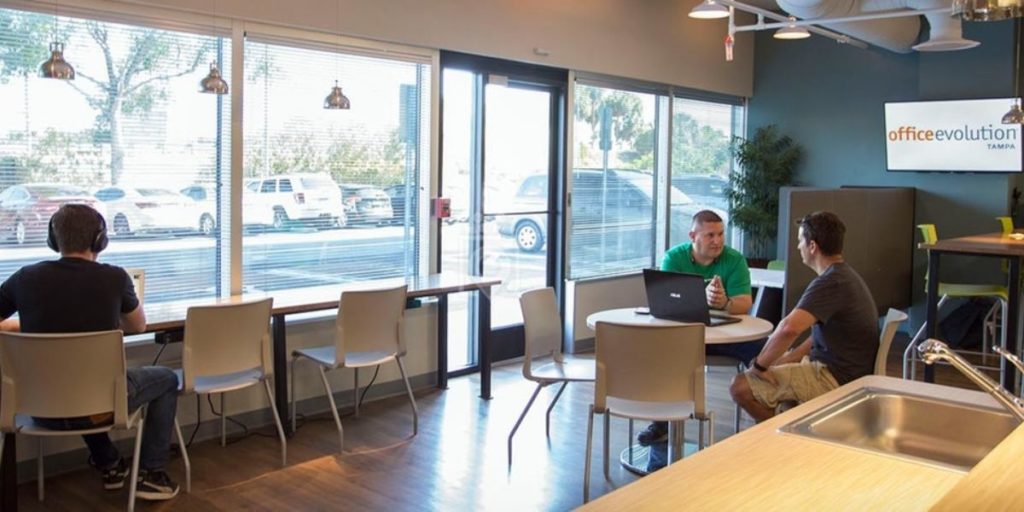
The Surprising Differences Between In-Office and Virtual Workers
Working remotely was something many of us had to do rather than wanted to do over the past year. But now, people are paying close attention to the results while making the determination to return to in-office work or whether to stay remote or create a hybrid work environment (a mix of days in the office and days working remotely).
Could a person’s location really have that much impact on the work experience? The answers might surprise you! Here are some surprising differences between working in a traditional office and working in the virtual world.
Teamwork is down but job satisfaction is up. Most remote workers, when asked, readily pointed to the difficulty in connecting with other team members. It certainly isn’t as easy as walking to the next cubicle to ask a question, but many have found a way to utilize software to stay in touch remotely.
But the freedom and flexible office space in the workday more than make up for this inconvenience. Interestingly, many employers report higher productivity even if employees don’t feel as productive as they used to be.
This is typically a sign that workers are taking control of the workday and using their flexibility to get work done most efficiently. Communication gaps do need to be plugged, though, and it is certainly true that videoconferencing can only go so far in terms of communication.
We all feel “Zoomed out” and have trouble disconnecting from work. One of the differences between remote workers vs office workers is that remote work only puts more pressure on other forms of communication that cannot be conducted face-to-face.
Office distractions are gone. We are all painfully familiar by this point that working from home means there is a higher probability of seeing someone’s cat on Zoom or seeing a child run through the room in the background.
But a surprising number of remote workers have identified the absence of office distractions, as well. As it turns out, there are a lot of negative distractions back in the office, such as coworker interruptions, other people’s phone conversations, and disruptions that break concentration.
Remote work offers the opportunity to remove communication bottlenecks that naturally developed in an office setting. Instead of everyone stopping at a particular desk for information, software applications like Microsoft Teams allow other team members the opportunity to answer those questions.
Unexpected perks of remote work. Some of the advantages felt by remote workers are not necessarily measurable, but they are significant. For example, one of the significant bonuses of remote work is the lack of commute time.
On the one hand, as an employer, you may feel this is an advantage to reducing lateness in the workplace, and that is definitely true. But it’s harder to measure the happiness that comes from not having to fight traffic for thirty minutes to an hour than your remote worker may feel.
Not only are they starting on time, but they’re starting in a much better frame of mind than they may have had if they continued commuting to work. These work-life balance perks are hard to measure but so important.
Creative workspaces rule! A typical office environment contains a lot of infrastructures that most people don’t actually find particularly conducive to creativity.
Think of the typical “cubical farm” layout with a dull interior and you can begin to see how most people would find freedom in designing their own healthy workspaces.
Coworking spaces, in particular, allow for flexible office space and a range of creative options many businesses cannot support or afford. Frankly, most office layouts are not designed to make the most of the space from the standpoint of encouraging creative work.
They are designed to reduce utility costs and other financial burdens. Coworking spaces allow for cubbies, hammocks, quiet solo offices, shared working spaces, and a range of bright, creative spaces to get work done.
Virtual doesn’t have to mean being holed up in your bedroom “office.” When we think of remote work, we think of working from home. While the pandemic made it more difficult to work from other spaces, quite a few remote employees actually log in from all over the place, including cars, public libraries, or coworking spaces.
Coworking spaces, in particular, have grown in popularity for many good reasons. For one thing, they solve the issue of distractions in the at-home workspace. No more worries about your cat Zoom-bombing the meeting!
For another, many people find that they enjoy working around other people even if they are not working with those individuals. Just the interaction with other people on a regular basis improves productivity.
Some major companies, like Twitter, have decided the opportunities of having remote workers vs office workers are so great that they are not going to return to a traditional brick-and-mortar workplace!
Taking advantage of the options coworking offers means you can continue to take advantage of the benefits of remote work, while solving for some of the traditional in-office problems related to communication, commuting, and creativity. Happy working!